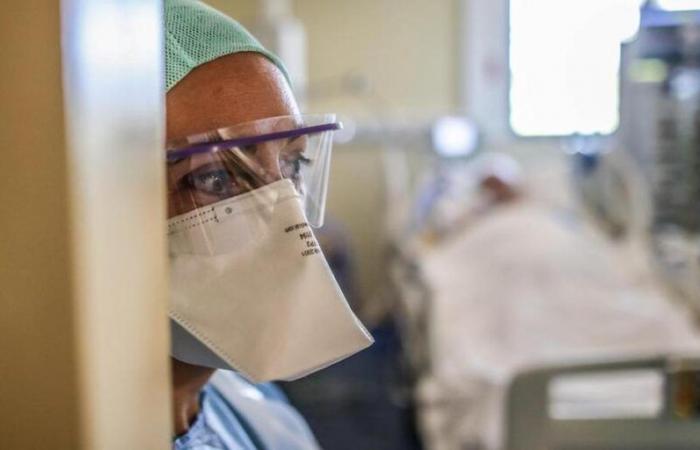Why does the case of the young boy positive for H5N1 in Canada, and currently in intensive care, worry health authorities?
Already his life is currently on hold. Medical teams are trying to understand how and by what he was contaminated. Tests are carried out on the pets around him, and even on the people around him. As a preventative measure, those around the young man were placed on antiviral medications. The investigation will be decisive and the conclusions could change our certainties, namely that human-to-human contamination has not yet been demonstrated. Hence the concern of Canadian health authorities.
How did this H5N1 virus take hold and what about its evolution?
It comes from wild birds, before being transmitted to domestic birds, ducks for example. Currently in the Landes, there are two outbreaks of avian flu. We now know that it is transmitted to mammals; seals in Chile were contaminated in 2023, then cows in the United States. Farm cats were also infected after drinking raw cow’s milk. And that is a striking phenomenon: observing that raw milk contains the virus. Obviously, pasteurized milk is free of any risk. Very recently, the H5N1 virus was found in a pig in the United States.
Mutations you virus
Professor Hervé Fleury is a virologist in Bordeaux
Stéphane Lartigue / SudOuest
In fact, this H5N1 virus adapts and mutates regularly. When could it be the cause of contagion between humans?
It’s a hypothesis. We can notice that this virus has a mutation in a PB2 protein which adapts to mammals, the fact that a pig has been contaminated is not good news, because we know that the pig is the intermediary between viruses humans and bird viruses. There is indeed a fear that pigs will transmit an adapted or mutated virus to humans, which would lead to a pandemic.
Have pigs caused human epidemics?
In 2009, the so-called “Mexican” epidemic of influenza A, caused by the H1N1 subtype: four different recombinant viruses. This time we can fear recombination from H5N1, via pigs, why not. Scientists are currently considering this possibility, so far nothing has been proven.
In the event that an H5N1 pandemic becomes possible, what would be the solutions?
The United States is in the process of analyzing sewer water and doing PCR tests to measure the possible presence of the virus, knowing that traces have been found in the sewer water of Hawaii, but impossible for moment to know if these traces of virus come from animals, birds or men… The Americans have a federal stock of vaccines against H5N1 and the Moderna laboratory is synthesizing an RNA vaccine against H5N1, in Europe, two other laboratories are also working to manufacture vaccines. We are in anticipation. The risk that this virus adapts to humans exists, we must not be alarmist but realistic.






